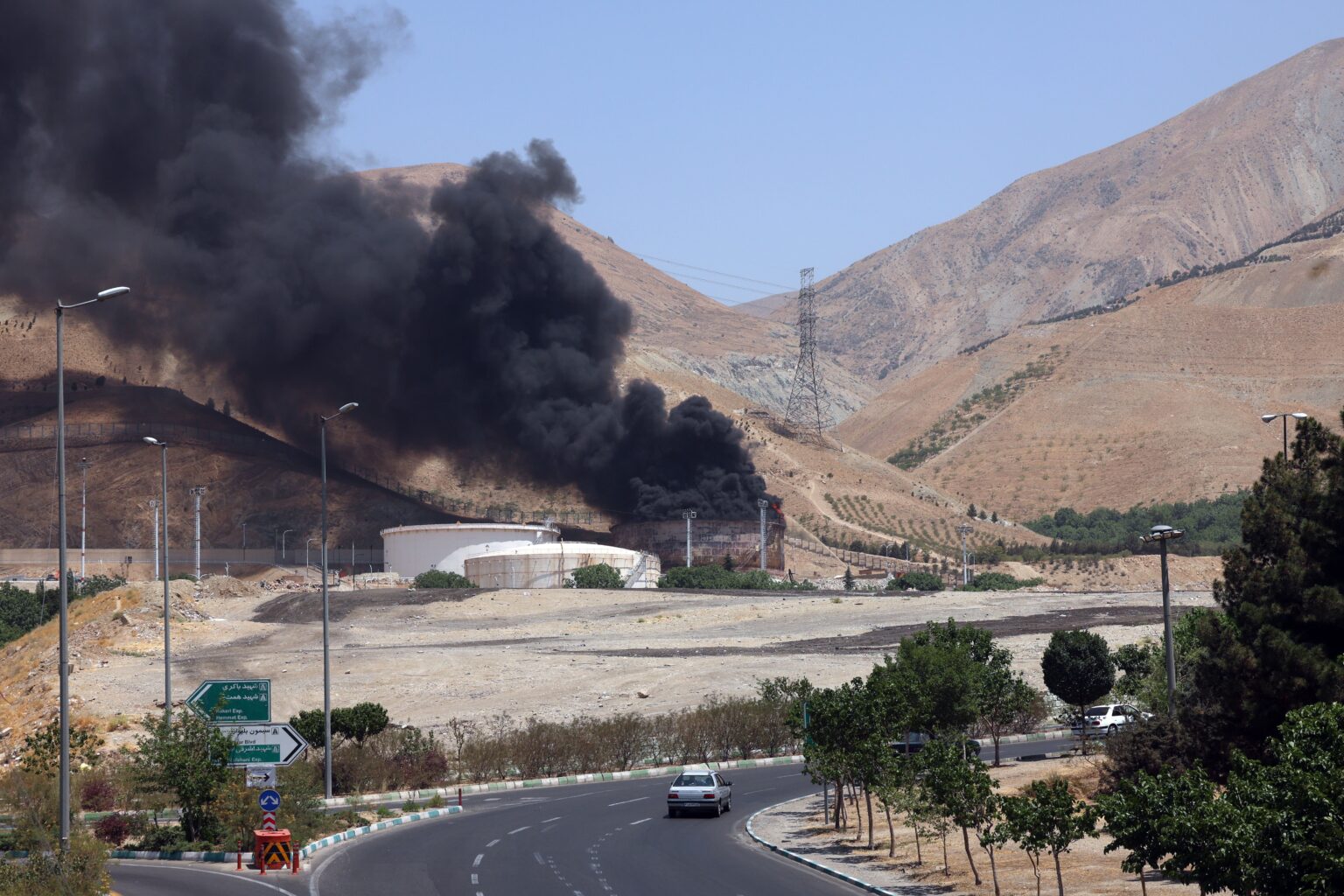Global Energy Stability in the Face of Middle Eastern Tensions
The ongoing tensions between Israel and Iran pose a significant threat to worldwide energy markets, primarily due to the potential targeting of critical oil and gas infrastructure by both nations. Recent imagery depicting burning oil fields, damaged refineries, and disrupted distribution centers has caused crude oil prices to surge. Despite this, the immediate effect on energy costs within the United States has been relatively restrained. However, should hostilities intensify, the economic repercussions could become more pronounced.
Impact of the Israel-Iran Conflict on U.S. Gasoline Prices
Indeed, the recent military actions have already influenced fuel prices. Following Israel’s strike on Iranian targets last week, crude oil prices experienced an approximate increase of $10 per barrel. Currently hovering around $74, these fluctuations are likely to translate into higher gasoline prices at U.S. pumps. According to industry analysis from ClearView Energy Partners, this could mean an increase of roughly 20 cents per gallon for American drivers. Typically, there is a delay of several days between fluctuations in crude oil prices and the corresponding change at the pump, as gas stations deplete existing inventories. Presently, the national average for a gallon of regular gasoline stands at about $3.14, as reported by AAA. Even with a 20-cent rise, gasoline remains cheaper than it was during the same period last year, providing some buffer for consumers.
Forecasting Future Fuel Costs
Predicting the trajectory of fuel prices remains complex. Market analysts suggest that while there is potential for prices to escalate significantly-possibly exceeding $4 per gallon-such scenarios are not the most probable. Many experts believe that oil prices will likely stay below the $80 mark, which would limit the increase at the pump to approximately 40 cents from current levels. This outlook hinges on various geopolitical and economic factors, including the stability of supply chains and the response of global oil producers.
Potential Triggers for a Price Surge Beyond $4 per Gallon
The primary concern is whether Iran will escalate its tactics, particularly by attempting to blockade the Strait of Hormuz-a strategic waterway through which a substantial portion of the world’s oil passes. According to Janiv Shah, Vice President of Commodities Markets at Rystad Energy, such a blockade could severely restrict oil supplies, risking a significant supply shortfall. Although Iran accounts for only about 2% of global oil production, the broader Middle East region contributes roughly 12%. A shutdown of the strait would disrupt the flow of oil to major importers like China and India, which together consume up to 80% of the oil transiting that route. While Iran has previously threatened to block the strait, it has yet to succeed. A closure would not only destabilize global markets but also deepen Iran’s political and economic isolation, especially from key allies like China and India.
Implications for Natural Gas Markets
The situation also raises concerns about natural gas supplies. Recent Israeli strikes targeted Iran’s South Pars gas field, one of the largest in the region, causing extensive damage. Since Iran does not export natural gas directly, its capacity to produce and supply gas domestically may decline temporarily. However, the South Pars field is shared with Qatar, a leading exporter of liquefied natural gas (LNG). If the conflict damages facilities in Qatar, global LNG markets could face significant disruptions. Additionally, approximately 20% of the world’s LNG is transported through the Strait of Hormuz. Any closure of this vital passage could lead to sharp increases in LNG prices worldwide, impacting energy costs across multiple regions.
Strategies to Mitigate Price Volatility
While there are measures that the United States and other nations can implement to stabilize energy prices, these actions often require time to take effect. In the event of a strait closure, U.S. authorities could authorize increased exports of oil and natural gas to compensate for the shortfall. However, ramping up production involves logistical and infrastructural adjustments that are not instantaneous. The White House may also exert diplomatic pressure on OPEC+ nations to boost oil output if supply constraints persist. Furthermore, the International Energy Agency (IEA) has indicated its readiness to release strategic reserves to help maintain market stability if necessary. These coordinated efforts aim to cushion the economic blow and prevent runaway price increases, but their success depends on the evolving geopolitical landscape.

